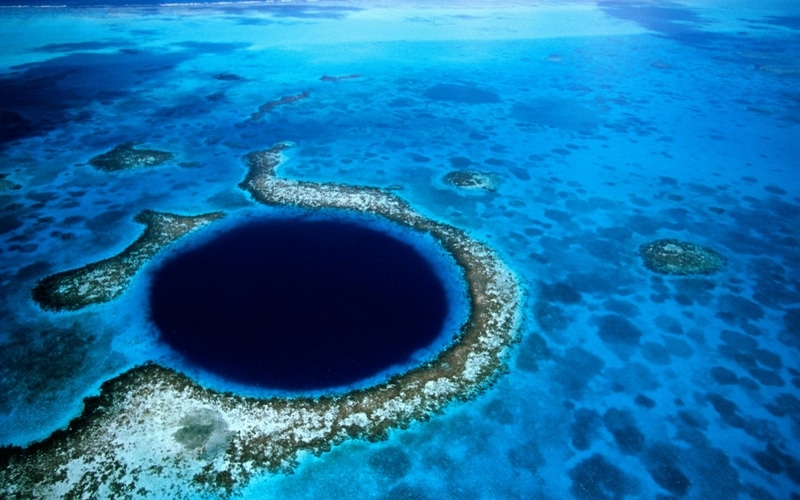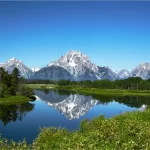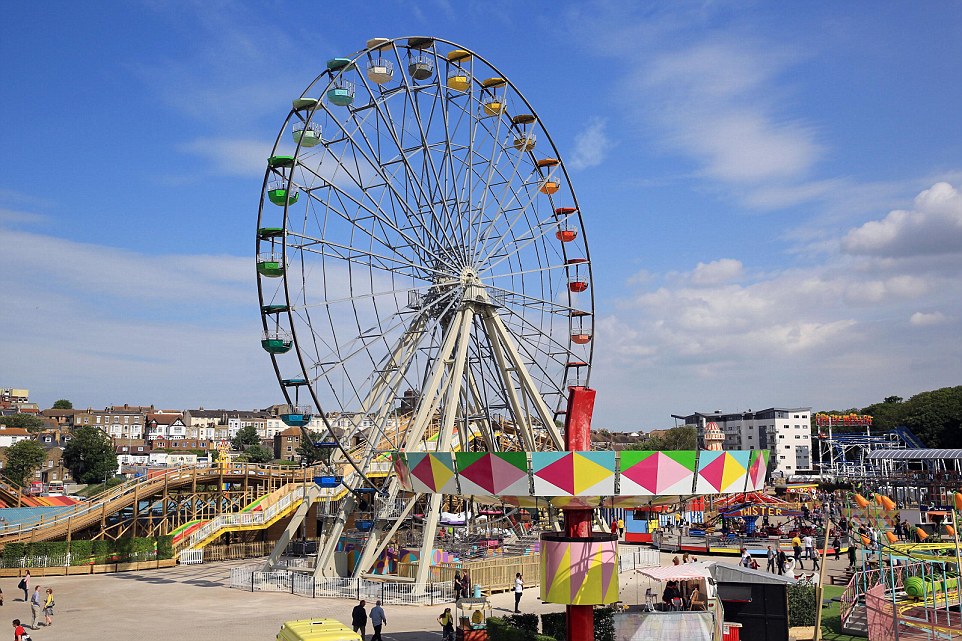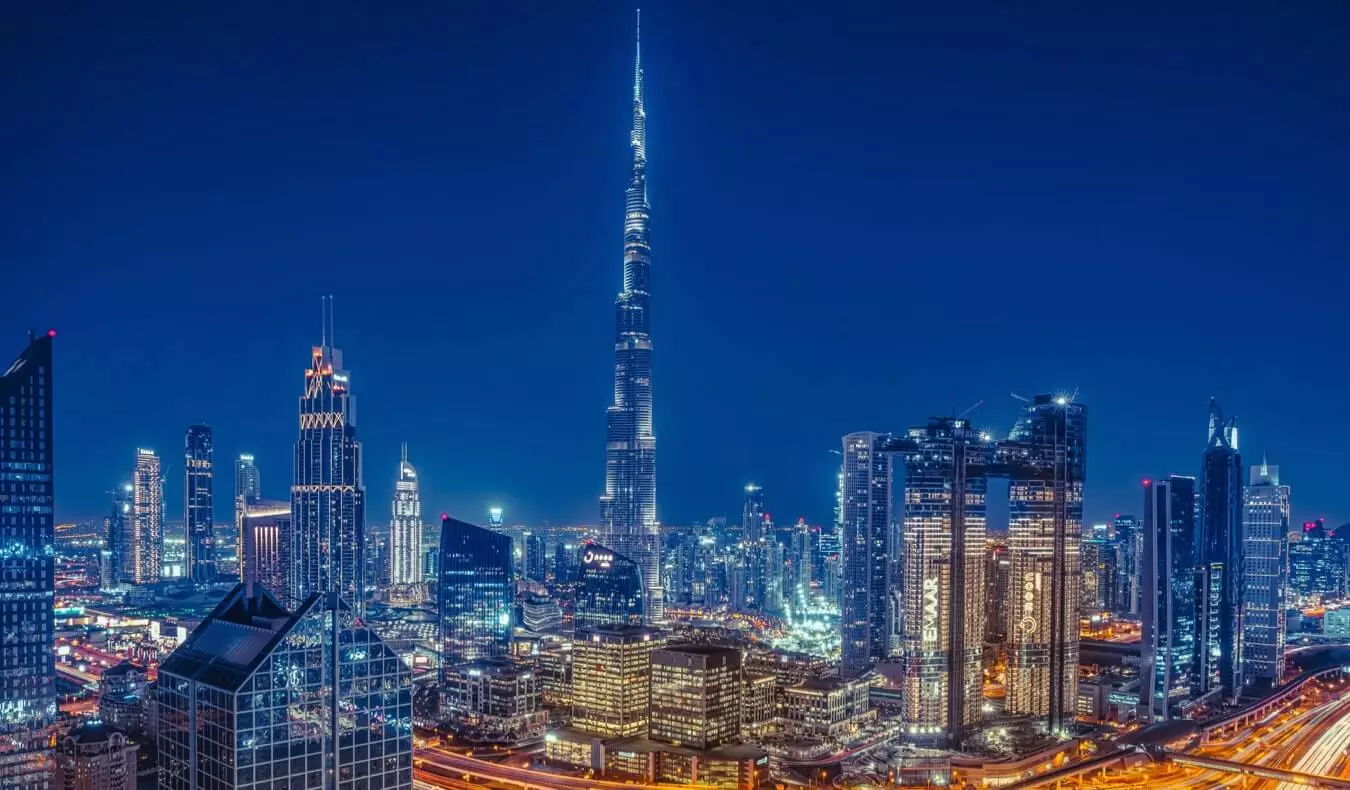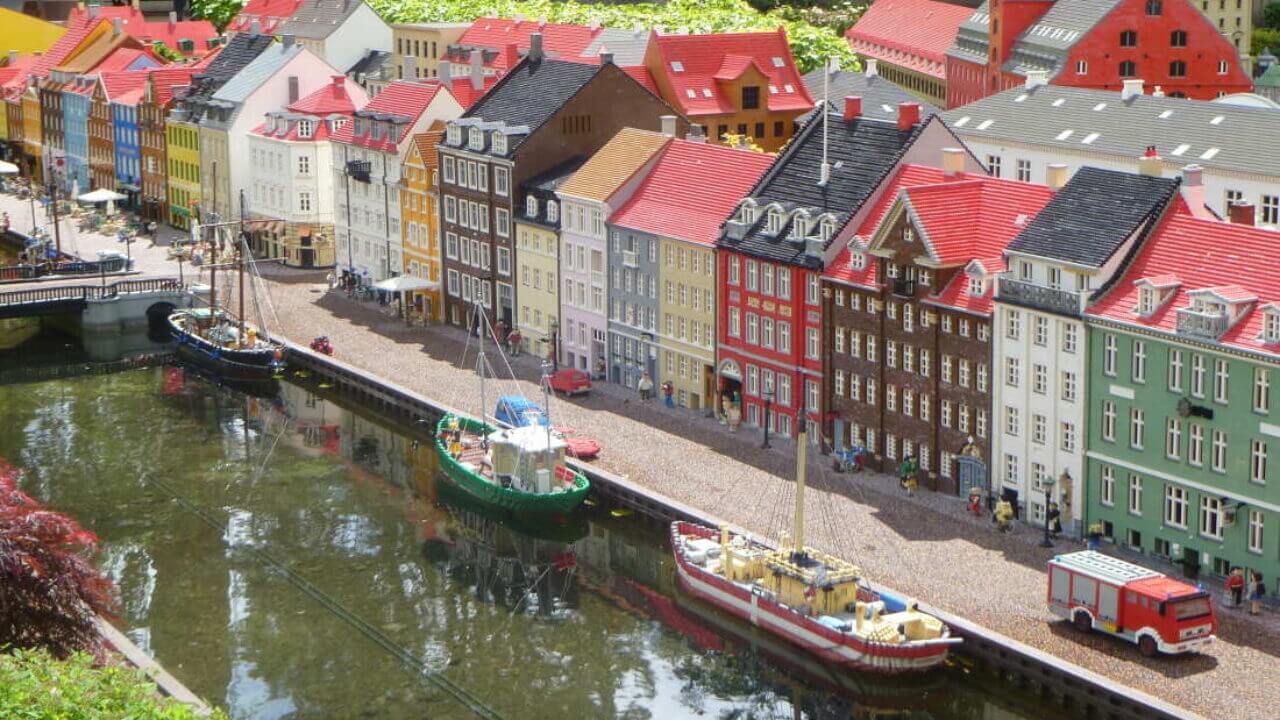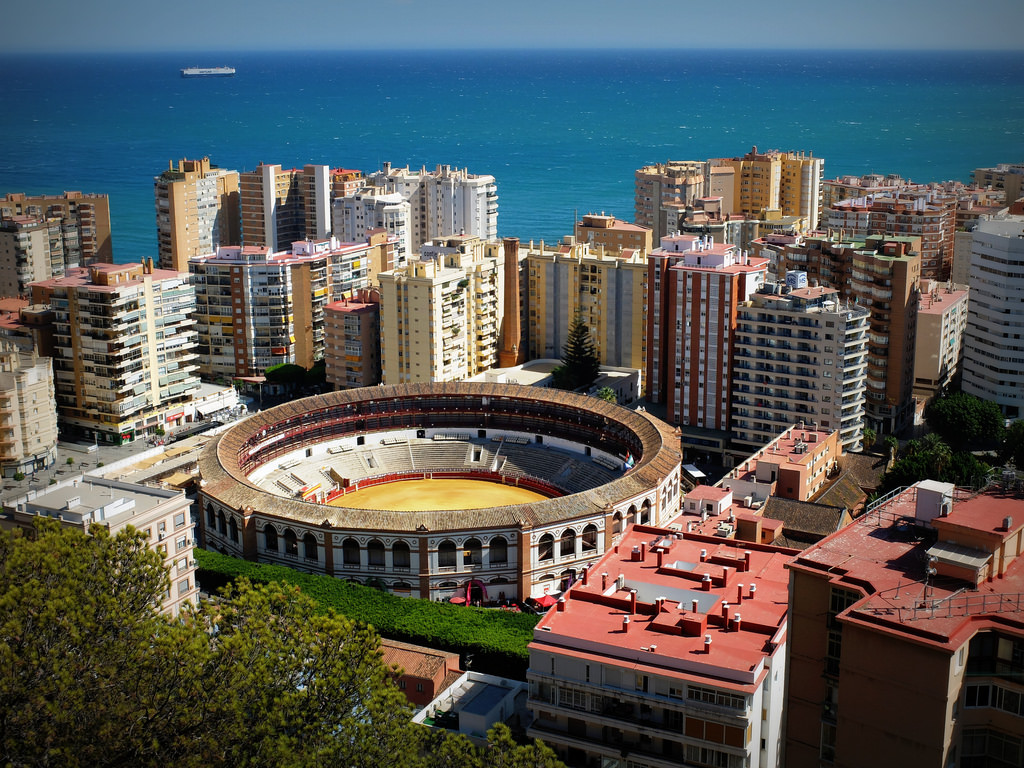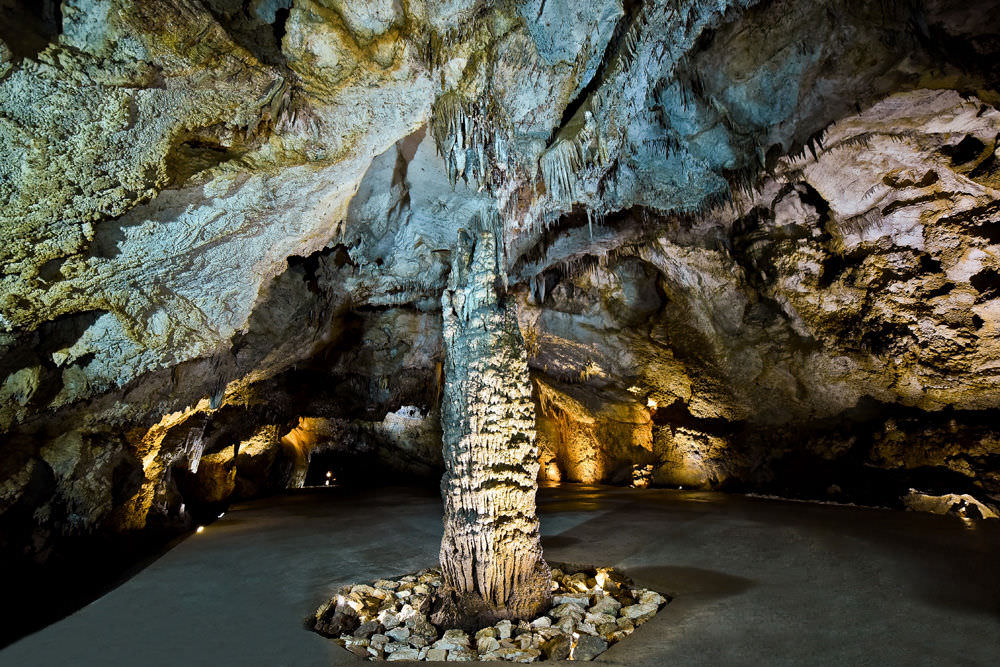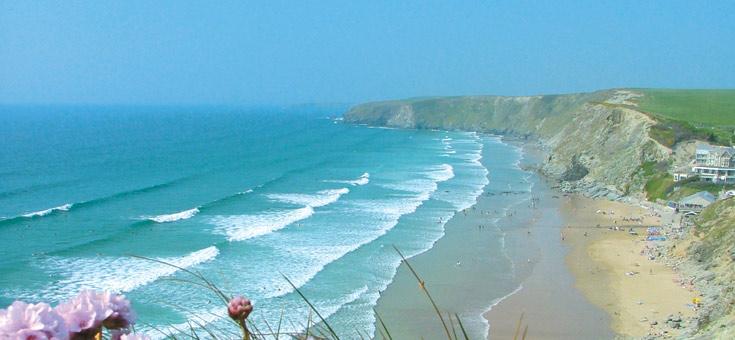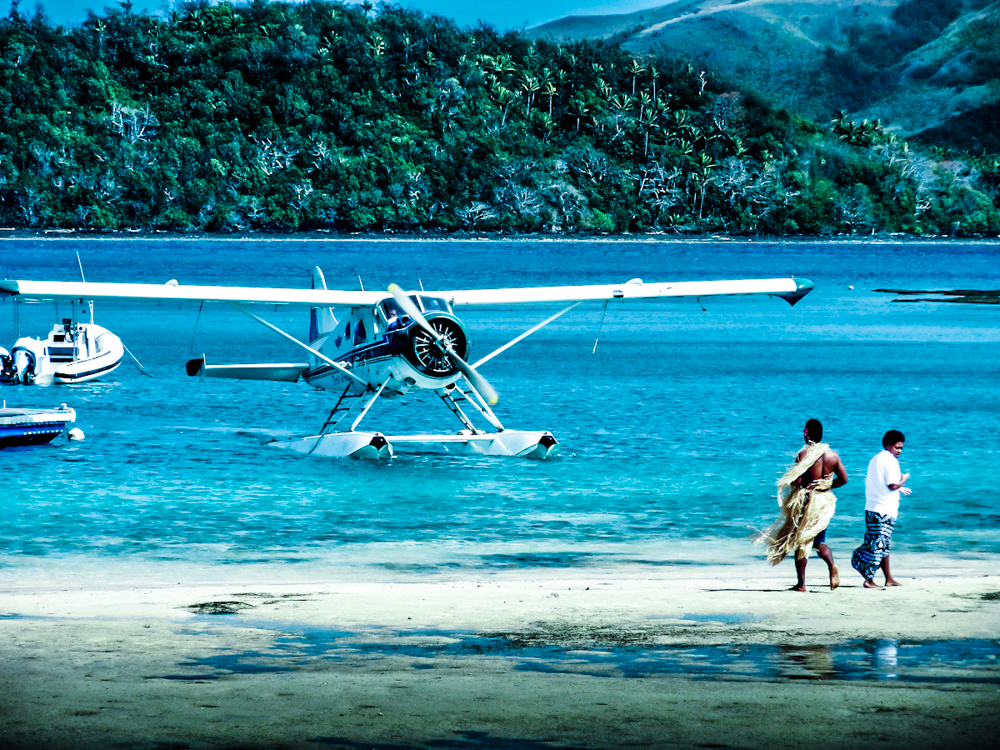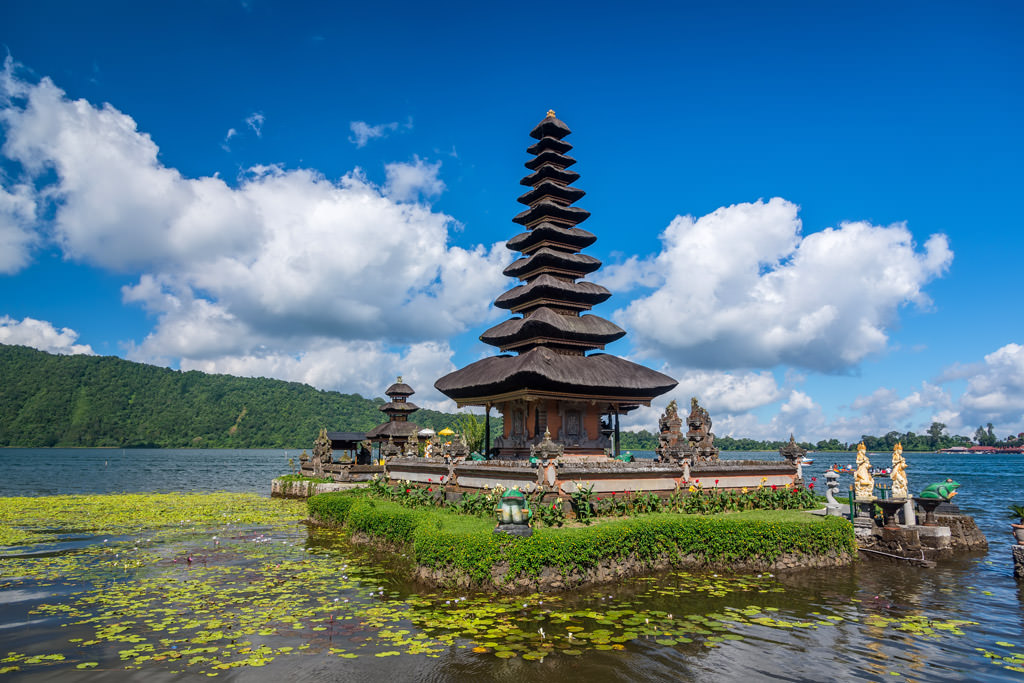How I Conquered Kilimanjaro: Standing at 5,895 metres, Mount Kilimanjaro is Africa’s tallest mountain and the dream destination for many adventurers. Conquering this majestic peak was not just a physical challenge but also a profound journey of personal growth, resilience, and learning. Here’s my story of reaching the summit of Kilimanjaro and the invaluable lessons I took away from this life-changing experience.
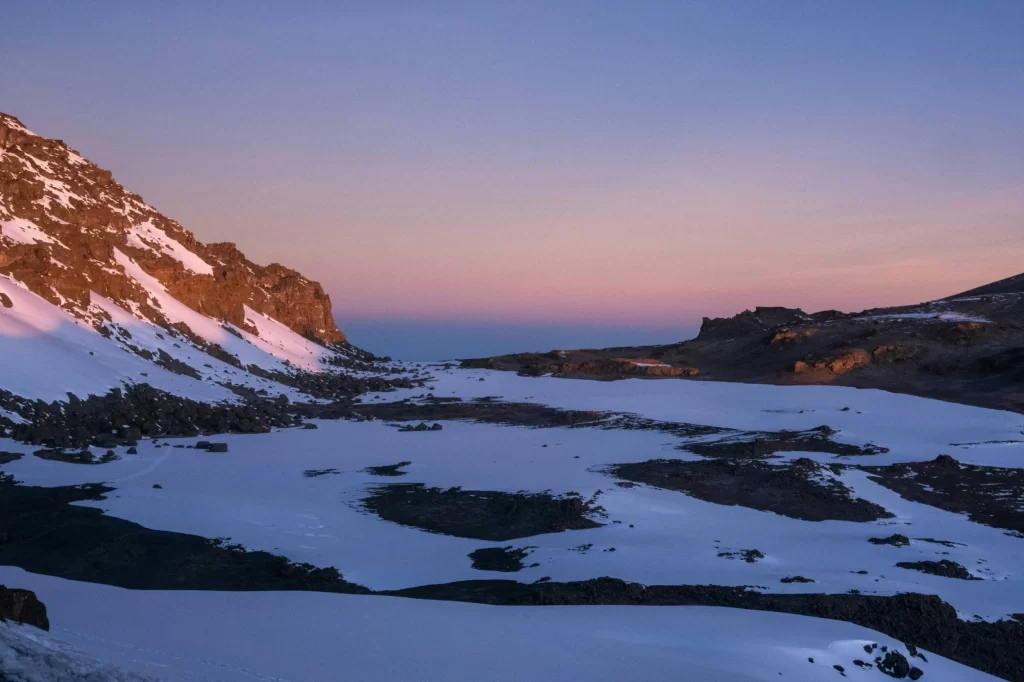
Content
Preparation: Laying the Foundation for Success
Climbing Kilimanjaro requires careful preparation. I chose the Lemosho Route, known for its scenic beauty and better acclimatisation opportunities. Months before the climb, I embarked on a rigorous training regime, which included endurance hikes, strength training, and cardio exercises. Physical preparation alone wasn’t enough; I also educated myself about altitude sickness, the mountain’s routes, and the gear I’d need.
Packing was equally critical. My essentials included:
- Layers of clothing to combat varying temperatures
- A reliable pair of broken-in hiking boots
- Trekking poles for stability on steep terrain
- A hydration system and energy snacks
Every item had its purpose, and every ounce mattered on the trail.
The Climb: A Journey Through Diverse Landscapes
The Forest Zone
The journey began in Kilimanjaro’s lush rainforest. The air was cool and damp, and I was greeted by towering trees, vibrant birds, and the occasional monkey. The trail was steep but manageable, and I found myself enchanted by the natural beauty surrounding me. The forest felt alive, a stark contrast to what awaited higher up.
The Moorland
Emerging from the forest, the landscape transitioned to open moorland. Rolling hills, heathers, and the iconic giant lobelias dominated the terrain. The temperature dropped, and the wind picked up, but the panoramic views kept my spirits high. It was here that the mountain’s grandeur began to sink in.
The Alpine Desert
The alpine desert was stark and otherworldly. Barren rocks, volcanic formations, and sparse vegetation defined this zone. The silence was profound, broken only by the crunch of boots on gravel. Despite the beauty, the thinning air became noticeable, and every step required more effort.
The Summit Push
The final ascent began at midnight from Barafu Camp. Equipped with headlamps and layers of warm clothing, we moved slowly in the freezing darkness. The path was steep, and the air was thin, making every breath a struggle. However, the camaraderie of fellow climbers and guides kept me motivated. As the sun rose, the horizon lit up in hues of orange and gold, revealing the stunning glaciers near the summit.
I was overwhelmed with emotion when I finally reached Uhuru Peak, the highest point. The exhaustion, cold, and effort all melted away as I took in the view. It was a moment of triumph I’ll never forget. How I Conquered Kilimanjaro
Lessons from Kilimanjaro
1. Patience and Perseverance Are Key
Kilimanjaro taught me the value of patience. The phrase “pole, pole,” Swahili for “slowly, slowly,” became a mantra. In the high-altitude environment, rushing was not an option. Progress came one deliberate step at a time, a lesson I now apply to challenges in everyday life.
2. The Importance of a Strong Support System
Climbing solo doesn’t mean you’re alone. My guides, porters, and fellow climbers were my backbone. Their expertise, encouragement, and positivity were crucial to my success. This experience reinforced the value of teamwork and support in achieving big goals.
3. Mental Strength Matters More Than Physical Fitness
While being physically fit was essential, my mental resilience made the difference. There were moments when I felt like giving up, but focusing on my goal and breaking the climb into smaller milestones kept me moving forward.
4. Respect Nature
Kilimanjaro is more than a mountain; it’s a fragile ecosystem. Staying on designated trails, respecting wildlife, and practising “leave no trace” principles were ways to honour its beauty and ensure it remains pristine for future climbers.
5. Gratitude Changes Perspectives
The climb reminded me to appreciate life’s simple pleasures—clean air, warm meals, and the companionship of others. It’s easy to take these for granted, but on Kilimanjaro, every small comfort felt like a gift.
The Challenges Along the Way
Altitude Sickness
Altitude was my biggest adversary. I experienced headaches and nausea during the summit push, but staying hydrated, eating small meals, and following my guide’s advice helped me manage the symptoms.
Physical Exhaustion
The combination of steep inclines, long days, and changing terrain was grueling. Pacing myself and resting when needed were essential to conserve energy.
Emotional Highs and Lows
The journey was as much an emotional challenge as a physical one. There were moments of doubt, homesickness, and frustration, but they were outweighed by the joy of achievement and the beauty of the climb.
Why Kilimanjaro is Worth the Climb
Reaching the summit of Kilimanjaro was one of the most rewarding experiences of my life. It wasn’t just about the view or the bragging rights—it was about the journey. Each step taught me something new about myself and the world around me. The mountain’s landscapes are breathtaking, and the sense of accomplishment at the top is unparalleled.
Kilimanjaro is a reminder that we are capable of far more than we think. It’s a place where dreams are realised, friendships are forged, and memories are created that last a lifetime.
Final Thoughts
Climbing Kilimanjaro is more than a physical feat; it’s a transformative experience. It pushes your limits, challenges your perspectives, and rewards you in ways you can’t imagine. Whether you’re seeking adventure, personal growth, or a chance to connect with nature, Kilimanjaro delivers on every front.
If you’re considering the climb, take the leap—you won’t regret it. The mountain awaits, and so does the opportunity to discover what you’re truly capable of. Kilimanjaro changed me, and I believe it can change you too. this is How I Conquered Kilimanjaro

An avid traveler, James Lee has been to over 50 countries. He has an extensive background in tourism and hospitality management, along with a degree in Hospitality Management from the University of Nevada Las Vegas. James is very knowledgeable about travel-related topics – they are always up to date on the latest deals for flights, hotels, and other adventures around the world.

